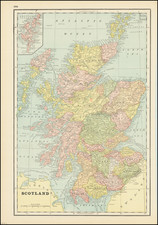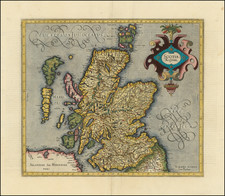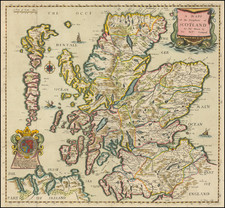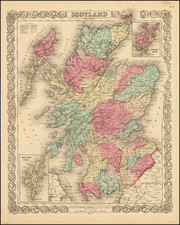Murdoch MacKenzie's sea chart stands as a significant accomplishment in the arena of Scotish maritime cartography.
Produced in the late 18th century, this navigational aid demonstrates both MacKenzie's skill as a hydrographer and the increasing precision of cartographic practices during that period. This chart offers a meticulous depiction of the Sound of Mull, a body of water situated between mainland Scotland and the Isle of Mull, crucial for seafaring navigation.
In the middle of the 18th Century, Murdoch MacKenzie, a Scottish hydrographer, embarked on an ambitious project to map the coastline and maritime features of Scotland. Prior to MacKenzie, sea charts often suffered from inaccuracies, making navigation perilous. His work set new standards for reliability, incorporating accurate depth soundings, tidal information, and the precise delineation of coastlines and underwater hazards.
"The Sound of Mull, with the Adjacent Main" serves as an exemplary illustration of MacKenzie's commitment to accuracy and detail. The chart provided valuable information on water depths, currents, and the locations of hidden rocks, making it an indispensable tool for navigators. It delineated not just the waters of the Sound of Mull, but also the adjacent mainland coasts, capturing the intricacies of a maritime environment frequented by commercial and naval vessels. Its utility extended beyond mere navigation, as it also served as a scientific record of the geographical and hydrological features of the region.
Thomas Kitchin was a British cartographer and engraver. Born in Southwark, England, Kitchin was the eldest of several children. He was apprenticed to the map engraver Emanuel Bowen from 1732 to 1739, and he married Bowen’s daughter, Sarah, in December 1739. By 1741 Kitchin was working independently and in 1746 he began taking on apprentices at his firm. His son Thomas Bowen Kitchin was apprenticed to him starting in 1754. By 1755 Kitchin was established in Holborn Hill, where his firm produced all kinds of engraved materials, including portraits and caricatures. He married his second wife, Jane, in 1762. Beginning in 1773 Kitchin was referred to as Hydrographer to the King, a position his son also later held. He retired to St. Albans and continued making maps until the end of his life.
A prolific engraver known for his technical facility, clean lettering, and impressive etched decorations, Kitchin produced several important works throughout his career. He produced John Elphinstone’s map of Scotland in 1746, and the first pocket atlas of Scotland, Geographia Scotiae, in 1748/1749. He co-published The Small English Atlas in 1749 with another of Bowen’s apprentices, Thomas Jefferys. He produced The Large English Atlas serially with Emanuel Bowen from 1749 to 1760. The latter was the most important county atlas since the Elizabethan era, and the first real attempt to cover the whole country at a large scale. In 1755 Kitchin engraved the important John Mitchell map of North America, which was used at the peace treaties of Paris and Versailles. In 1770 he produced the twelve-sheet road map England and Wales and in 1769–70 he produced Bernhard Ratzer’s plans of New York. In 1783, he published The Traveller’s Guide through England and Wales.











![Ireland in Provinces and Counties [with] County Map of Scotland](https://storage.googleapis.com/raremaps/img/small/78014.jpg)


![Northern Part of Argyllshire [with] Southern Part of Argyllshire](https://storage.googleapis.com/raremaps/img/small/77784.jpg)

